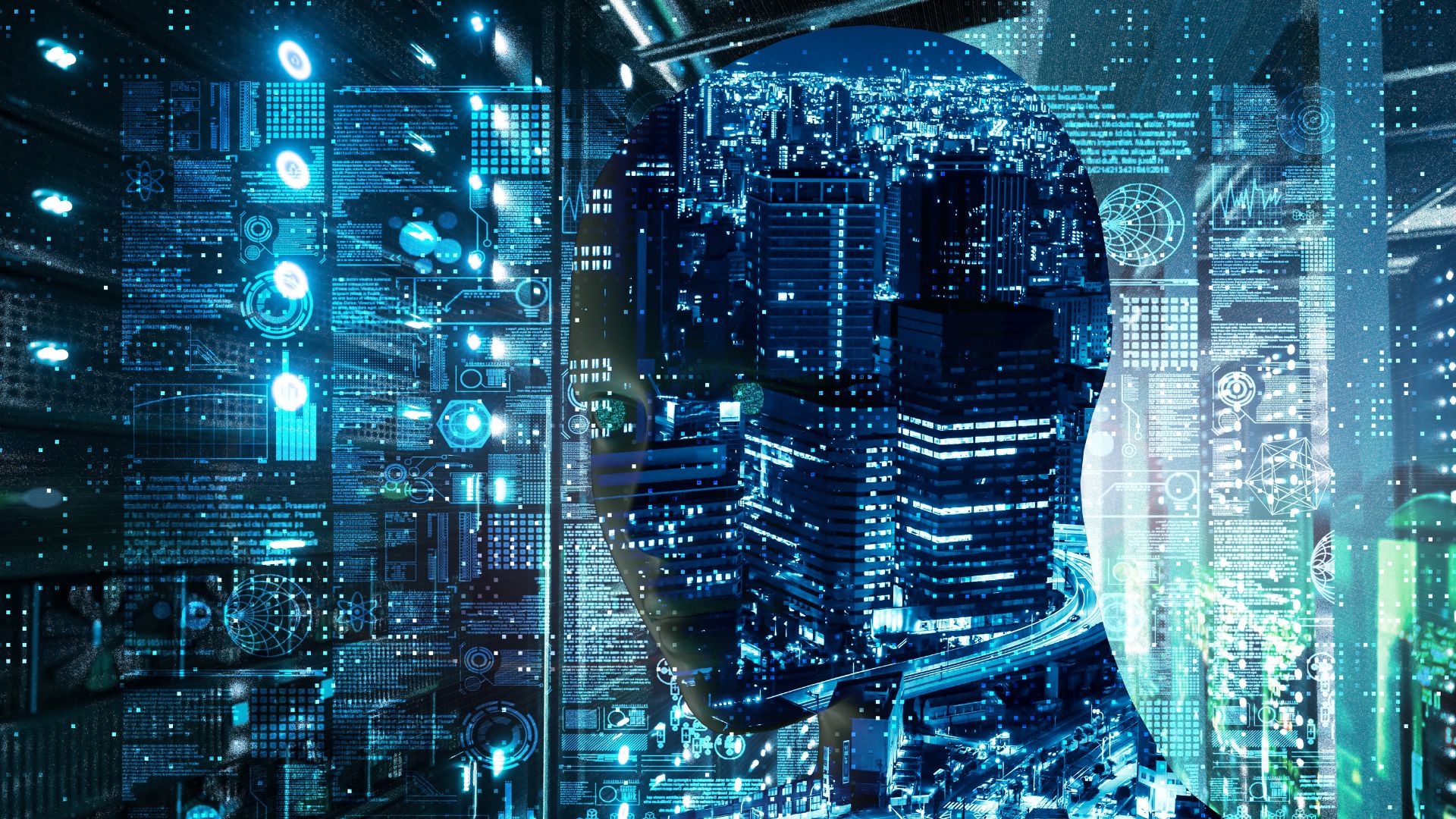Ion Cojocaru
17 July 2025
Let’s start with the obvious: AI is powerful. Large Language Models (LLMs) can write code, break down complex regex, and even automate parts of your deployment pipeline. But replacing engineers altogether? That idea isn’t just overhyped, it’s fundamentally misleading.
The hype may be loud. But reality speaks louder.
We’ve all heard the claims. “AI will take over production.” “Just plug in an agent, and bugs vanish.” “Humans? Optional.” . These sound impressive on stage or in a pitch deck. But in the real world the world of late-night incidents, cryptic logs, and unpredictable systems AI doesn’t hold up on its own. You still need experienced engineers. The kind who’ve seen things go sideways and know what to do next.
AI isn’t magic. It’s prediction.
Here’s the truth: AI doesn’t understand. It isn’t aware of your infrastructure, your team’s naming quirks, or the fragile third-party tool you’ve been avoiding since 2019. AI models predict the next likely output based on patterns. That can be incredibly useful, but not without oversight.
Think of LLMs as power tools, not builders.
A well-trained AI agent can accelerate your work. It can write boilerplate, offer suggestions, and reduce repetitive tasks. But it won’t build your system. It won’t ask why something looks wrong. It won’t flag a risky change because it understands business context. That’s what engineers are for, to think critically, make calls, and fix what goes off-track.
Context is everything. And AI doesn’t see the full picture.
Real-life bugs aren’t clean. They emerge from strange edge cases, old config errors, and the messy reality of evolving systems. Logs lie. Dashboards mislead. Documentation drifts. AI can assist, but it can’t take ownership. Because it doesn’t live in your stack like your team does. And when an AI confidently proposes the wrong fix? That’s not just a bug, that’s a liability.
So what is the right role for AI?
Amplification. AI can eliminate repetitive work, explain cryptic errors, and help engineers move faster. But the architecture, the trade-offs, the product thinking? That remains a human job, and it should. Because building resilient software isn’t just about code. It’s about judgment, ethics, and communication.
Trust in AI doesn’t mean removing responsibility.
If you let an AI tool ship changes to your production environment without human review, that’s not speed, that’s risk. Good engineering practices don’t vanish with new tools. Guardrails still matter. Engineers still need to design, monitor, and own those systems.
The future isn’t AI instead of engineers. It’s AI supporting engineers.
This isn’t fear talking, it’s focus. The real win? Engineers who learn how to work with AI. Who use it to go faster, explore deeper, and spend more time on the work that truly matters. Those engineers won’t be replaced. They’ll be the ones setting the pace.
We’re not anti-AI. We use it. We build with it. But we don’t let it lead.
We treat AI like a teammate fast, helpful, but fallible. Because leadership in engineering isn’t about doing everything quickly. It’s about knowing when to pause, when to dig deeper, and when to say, “Not this way.” AI might suggest the how. But the why? That’s still on us.
No, AI isn’t replacing engineers.
But it is changing the game for those ready to lead it. And that’s a future worth building.
